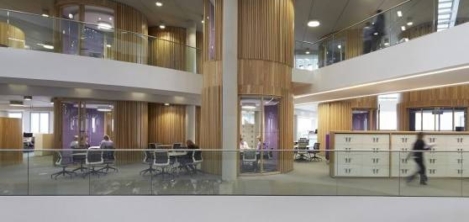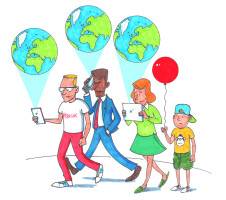January 15, 2015
Discrimination concerns inhibit LGBT people from being ‘out’ at work
LGBT (lesbian, gay, bisexual and transgender) people are worried about harassment from colleagues or being passed over for promotion if they come out at work; and while two thirds of people are out at work in the Netherlands less than half are prepared to divulge their sexual orientation at work in the UK. These are the initial findings in a global study to prove the importance of implementing effective policies to support LGBT people at work. “LGBT Diversity: Show Me The Business Case” by business consulting firm Out Now measures the financial savings companies can make by encouraging people to be open at work about their sexual orientation or gender diversity. The report is drawn from an analysis of Out Now’s LGBT2020, a global research initiative involving more than 100,000 LGBT people worldwide.
























June 27, 2014
Physical workplace should provide an environment in which people can thrive
by Bostjan Ljubic • Comment, Facilities management, Workplace, Workplace design
(more…)